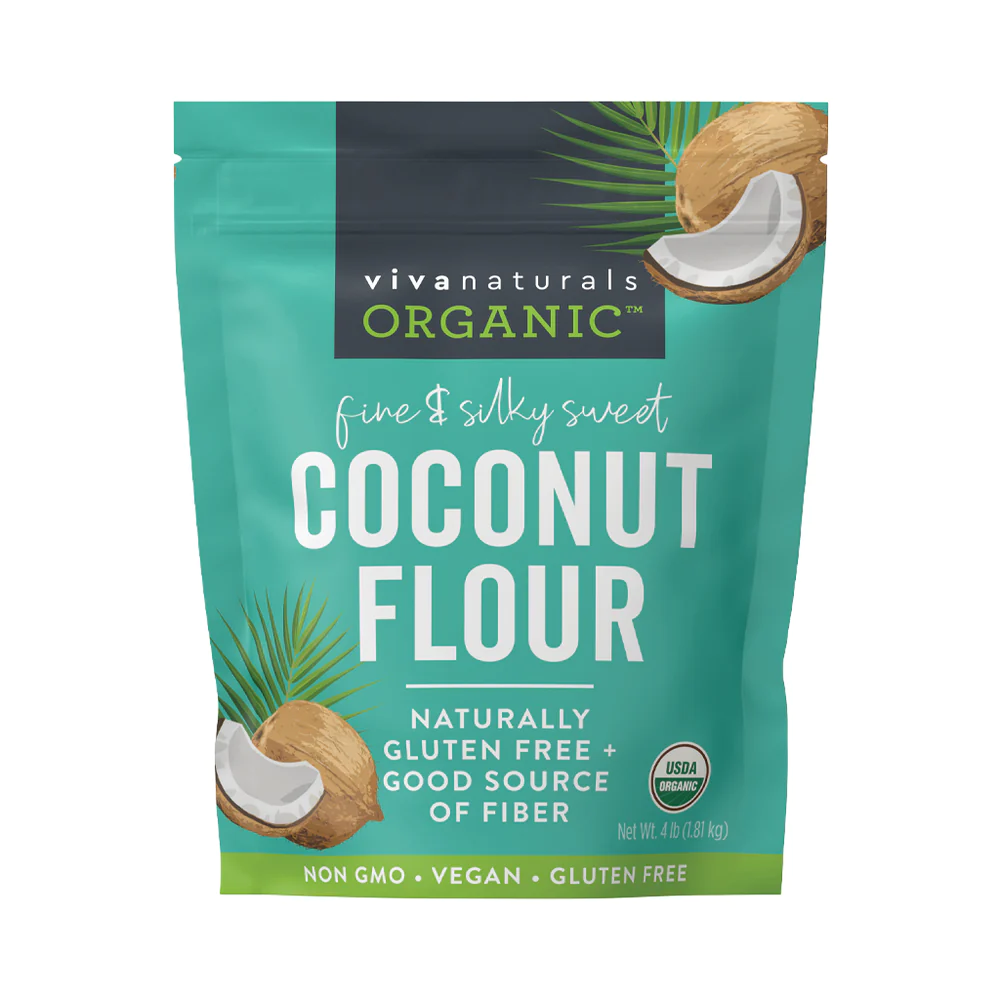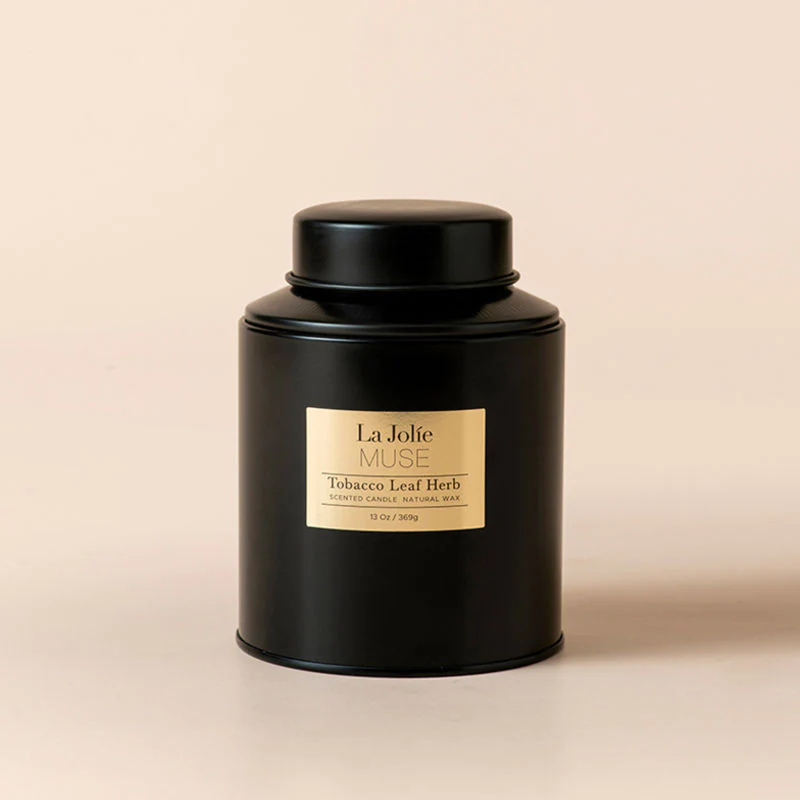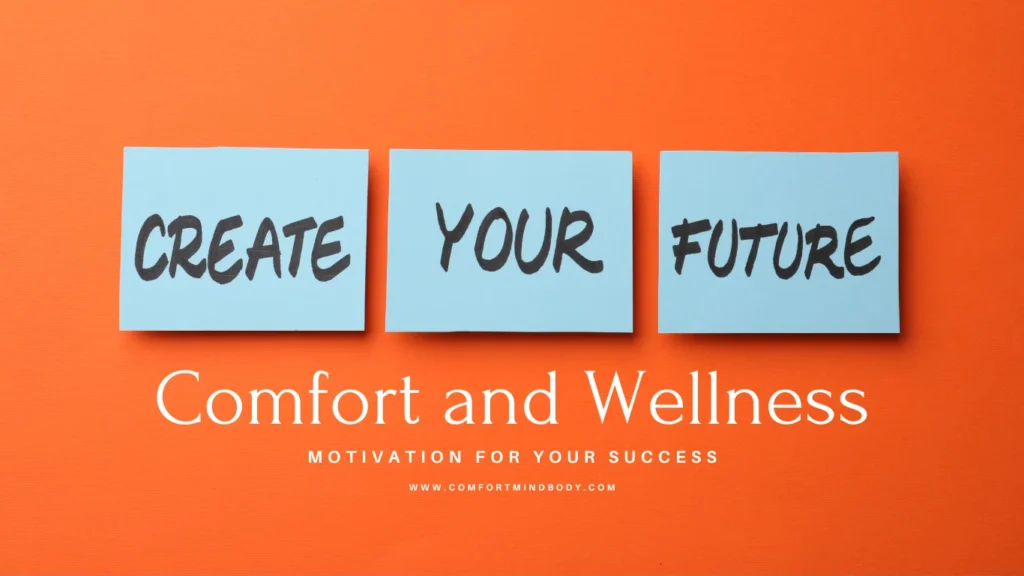Table of Contents
ToggleIntroduction:
Ways to Practice Mindfulness are here! Mindfulness, a potent tool for personal transformation, is a practice that has been gaining recognition worldwide. Originating from Buddhist meditation, it is now part of many areas of modern life.
This includes psychology, health care, and education, among others. Mindfulness is the practice of paying attention specially. You do this on purpose, in the present moment, and without judgment. This kind of attention nurtures greater awareness, clarity, and acceptance of present-moment reality.
Mindfulness invites us to move past the busyness and distractions of daily life. It helps us have a deeper experience of the present moment. It’s a way to reconnect with the simplicity of being and the natural wisdom of the body and heart.
Moreover, mindfulness practice has been shown to have significant psychological and physical benefits, including stress reduction, improved focus, and better emotional resilience.
Many people think mindfulness is a luxury. They see it as something extra to fit into our busy lives when we have time. In reality, mindfulness is a fundamental human capacity, like listening or seeing, that can be cultivated and strengthened.
It’s not about adding more to your day. It’s about doing what you already do in a new way. Focus fully and act with purpose.
Understanding the Importance of Mindfulness for Well-being
The importance of mindfulness for well-being cannot be overstated. Modern life is fraught with numerous stressors and distractions that can cause anxiety, depression, and other mental health issues.
One of the most effective ways to remain free from guilt and worry is to practice mindfulness. It helps in grounding oneself in the present moment, thereby keeping troubling thoughts at bay.
Mindfulness practice can help reduce stress and anxiety. It can also improve attention and memory. Additionally, it promotes self-control and empathy. It encourages a non-judgmental awareness of thoughts, feelings, and experiences.
This helps people make better choices instead of reacting quickly. This increased self-awareness leads to greater emotional intelligence, which is key to healthier relationships and better decision-making.
Additionally, mindfulness practice supports physical health. Many studies have shown that it can lower blood pressure, reduce chronic pain, improve sleep, and ease stomach problems.
It also improves well-being by promoting a positive outlook. This helps people handle life’s ups and downs better. It promotes kindness and acceptance for yourself and others. This can greatly improve your quality of life.
What are some ways to practice mindfulness?
There are numerous ways to practice mindfulness, each with its unique benefits. Some people find it helpful to practice mindfulness. This can include activities like meditation or yoga.
They set aside time each day to focus on their mind and body. Others prefer more informal practices, like mindful eating or walking, where they bring full attention to everyday activities.
You can practice mindfulness in many ways. Some examples are Mindfulness-Based Stress Reduction (MBSR) and Mindfulness-Based Cognitive Therapy (MBCT).
These programs have been scientifically proven to be effective in reducing stress and preventing relapse into major depression.
You can easily add mindfulness to your daily life. Just take a few moments to breathe deeply. Pay attention to how your breath feels as it enters and leaves your body.
It’s about being fully present and engaged in what you’re doing. This could be washing dishes, listening to a friend, or sitting quietly.
Explanation of 10 Different Ways to Practice Mindfulness
Mindfulness can be cultivated in various ways. Here are 10 different ways to practice mindfulness that can be easily incorporated into your daily life:
Mindful Breathing: This is a simple but strong practice. It involves paying attention to your breath as you inhale and exhale.
Mindful Eating: This means focusing completely on eating. Notice the colors, smells, flavors, and textures of your food.
Body Scan: This means focusing on different parts of your body. Start from your toes and go to the top of your head. Notice any feelings, like tension or warmth.
Mindful Walking: This means focusing on how your feet feel on the ground. Notice the rhythm of your steps and the wind on your skin.
Mindful Listening: This means paying full attention to what you hear. It could be a bird singing, the refrigerator humming, or a symphony playing.
Mindful Observation: This means picking an object you can see and focusing on it. Notice its colors, shapes, patterns, and other visual details.
Loving-Kindness Meditation: This involves focusing on developing feelings of goodwill, kindness, and warmth towards others.
Mindful Yoga: This involves focusing your mind fully on the physical postures, movements, and breath during yoga practice.
Mindful Reading: This means really focusing on the words you read. Picture the story in your mind and feel the characters’ emotions.
Mindful Journaling: This means writing down your thoughts and feelings carefully and without judgment. It helps you see your inner world more clearly.
Easy Ways to Incorporate Mindfulness in Daily Routine
Incorporating mindfulness into your daily routine can be simpler than you think. It doesn’t necessarily involve sitting in meditation for hours. Instead, it’s about bringing full attention and presence into whatever you’re doing. Here are some easy ways to practice mindfulness in your daily routine:
Begin the Day Mindfully: Start your day with a few minutes of mindful breathing. This moment of calm can set a positive tone for the rest of the day.
Mindful Commuting: Whether you are driving, walking, or taking public transport, use your commute to notice your surroundings. Pay attention to how your body feels.
Mindful Eating: Instead of eating in front of the TV or computer, focus on your food. Enjoy each bite and notice the taste, texture, and smell.
Mindful Work: Take short mindfulness breaks throughout your workday. You can keep it simple. Just pause and focus on your breath for a few minutes. Or take a mindful walk during your lunch break.
Mindful End to the Day: Before going to sleep, spend a few minutes reflecting on the day mindfully. Notice any thoughts or feelings that arise without judgment.
Practice Mindfulness to Remain Free from Guilt and Worry
One of the most effective ways to remain free from guilt and worry is to practice mindfulness. Mindfulness helps you stay present and focused on the moment. It keeps you from worrying about the past or the future. It encourages acceptance of things as they are, not as you wish they would be.
When you practice mindfulness, you learn to observe your thoughts and feelings without judgment. This allows you to see that your thoughts are not facts—they are merely mental events that come and go.
By learning to connect with your thoughts and feelings, you can create space between them and your reactions. This gives you more choice and control over how you respond.
Moreover, mindfulness helps you to cultivate an attitude of kindness and compassion towards yourself. This can help to counter the self-criticism and guilt that often accompany worry and anxiety. By being kind and understanding to yourself, you can handle your experiences with balance. This can lower stress and improve your well-being.
Best Ways to Practice Mindfulness for Destressing
Stress has become an all-too-common part of modern life. Yet, mindfulness can be a powerful antidote to stress. Here are some of the best ways to practice mindfulness for destressing:
Mindful Breathing: Focusing on your breath can help to anchor your mind in the present moment and counter the stress response.
Body Scan: This practice helps you pay attention to your body. You can notice areas of tension or discomfort. These often show signs of stress.
Mindful Movement: Practices like yoga and tai chi combine movement and mindfulness, helping to relieve stress and improve mood.
Mindfulness-Based Stress Reduction (MBSR): This eight-week program has been shown to lower stress and boost well-being.
Mindful Self-Compassion: This means being kind and understanding to yourself, just like you would be to a friend in trouble.
Four Additional Ways to Practice Mindfulness
Aside from the practices already mentioned, here are four additional ways to practice mindfulness:
Mindful Cleaning: Make cleaning a mindfulness practice. Focus fully on what you are doing. This can be washing dishes, sweeping the floor, or tidying up.
Mindful Gardening: This means paying close attention while gardening. Feel the soil in your hands. Notice the colors and smells of the plants.
Mindful Art: Art activities such as painting, drawing, or sculpting can help you practice mindfulness. Just focus your full attention on the process.
Mindful Music: You can practice mindfulness by fully engaging with music. This applies whether you are playing an instrument or just listening. Focus on the sounds and the feelings they create.
Hands-on Ways to Practice Mindfulness with Kids
Teaching mindfulness to kids can help them focus better, manage stress, and understand their feelings. Here are some hands-on ways to practice mindfulness with kids:
Mindful Breathing: Teach kids to pay attention to their breath with fun exercises. They can pretend to blow up a balloon or smell a flower.
Mindful Listening: Use a bell or a chime to help kids practice mindful listening. Ask them to listen carefully to the sound and signal when they can no longer hear it.
Mindful Movement: Use simple yoga poses or stretching exercises to help kids get in touch with their bodies and calm their minds.
Mindful Crafts:
Kids can practice mindfulness through fun activities. They can color, make slime, or create a mindfulness jar.Mindful Storytelling: Use stories as a way to introduce mindfulness concepts to kids. There are many excellent children’s books available that teach mindfulness in an accessible and engaging way.
Burn A Candle And Relax!
Conclusion:
In conclusion, mindfulness is a powerful practice for enhancing well-being. It offers a way to live more fully in the present moment and cultivate a deeper sense of peace and contentment.
You can practice mindfulness in many ways. You can do formal activities like meditation and yoga. You can also add mindfulness to your daily tasks. The benefits are many.
Remember, mindfulness is not a quick fix or a one-size-fits-all solution. It’s a lifelong journey of self-discovery and growth. It requires patience, persistence, and kindness towards yourself. So, start small and be consistent. Over time, you’ll likely notice a shift in your relationship with yourself and the world around you.
Embrace mindfulness and witness its transformative power in your life. Every moment is an opportunity to be mindful. So why wait? Start your mindfulness journey today.
Or Learn How To Make A Candle Yourself!
Affiliate Disclosure:
The links contained in this product review may result in a small commission. This goes towards supporting our research and editorial team and please know we only recommend high-quality products.
Note: This article is for informational purposes only and is not intended to diagnose, treat, or cure any disease. Always consult a healthcare professional before taking supplements or changing your diet or lifestyle.

















